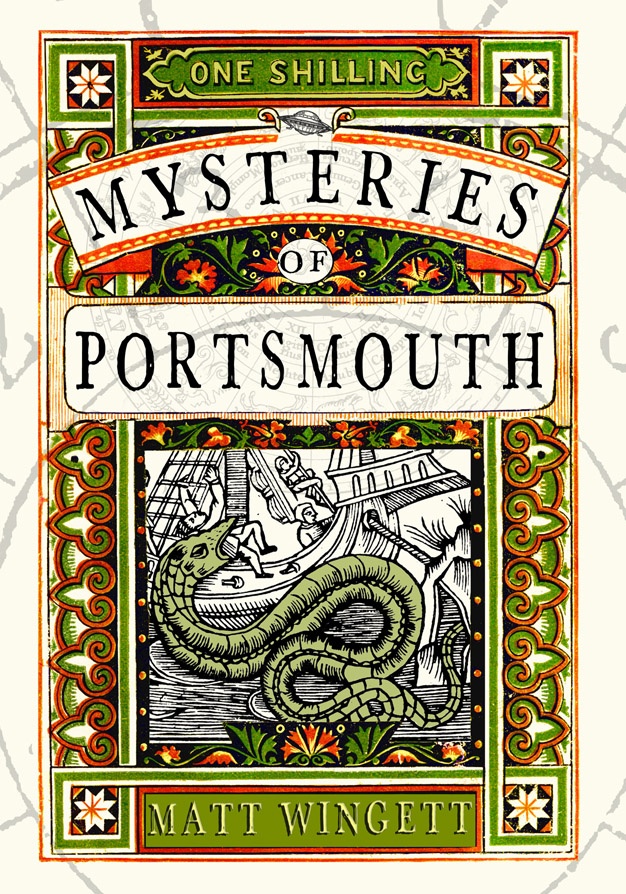Below is the opening chapter of my latest book, Conan Doyle and the Mysterious World of Light.

Introduction
“How could Arthur Conan Doyle, the man who invented the ultra-rationalist Sherlock Holmes, also believe in séances, mediums – and even fairies?”
That question had for some time been on my mind. Friends I spoke to about it expressed opinions such as “it’s totally schizophrenic” or “he must have lost his marbles when he got older.” With that second statement there often came a supplementary question: “Was he still writing Holmes stories when he believed in this stuff?”
They always looked surprised when I told them he was.
That was the starting point for my journey into the world of Light, a magazine I found in the Arthur Conan Doyle Archives Lancelyn Green Bequest held in Portsmouth Central Library.
Surveying the vast array of Conan Doyle documents they hold there, I wondered how to limit my investigations. Spiritualism is a massive subject, and I don’t pretend to be an expert. I wanted to understand Conan Doyle. I wanted to trace his thinking so that I could track his steps through the Spiritualist world he moved in. Who was he talking with? What was the mood of the time? It was this opportunity the magazine Light provided.
I also decided to read around the subject. As part of my research into the fascinating case of Conan Doyle’s beliefs, I read Daniel Stashower’s detailed Conan Doyle, Teller of Tales and Kevin I Jones’s excellent Conan Doyle And The Spirits. Considering them, I realised they represented the two classes of thinker who stand at either end of the Spiritualist argument: the rationalist and the mystic.
I’d previously read all the Sherlock Holmes stories, a large proportion of his horror tales and historical romances. I was deeply impressed by the sheer energy in Conan Doyle, his wide-ranging imagination and his mastery of language. I got that he had done much psychical research and I understood from Jones and Stashower some of the narrative of his deepening belief in ghosts and spirits.
But something was missing.
I decided to add to my reading by surveying Conan Doyle’s original Spiritualist works on the subject, The New Revelation, The Vital Message and The Case for Spirit Photography, among others.
They are fascinating as works that stand alone, but again they didn’t really answer how Conan Doyle came to be the leading Spiritualist of his age.
So, was Conan Doyle “schizophrenic”, as my friends had put it? I felt it was the wrong question. It revealed little about Conan Doyle and betrayed plenty about the materialist attitudes of my friends.
I wanted to understand the process and logic of Doyle’s beliefs. And I wanted to capture some of the voices of the time and explore the preoccupations of those involved in the vast field of spirit phenomena at the start of the 20th Century. I wanted those voices to speak to me, to tell me with a direct voice how their world and their beliefs had been built. And I wanted to hear from Conan Doyle, from his correspondents and critics directly how he fitted into that world.
As I read the magazine, I realised that is exactly what Light afforded.
I have attempted in this book to be guided by Conan Doyle’s voice and preoccupations as revealed in Light, and use the magazine to introduce me to the spirit of the times. The writings of Conan Doyle published in Light uncover some of the many currents of thinking about Spiritualism during and after The Great War. They trace how Conan Doyle came to be the de facto leader of a world movement into which he threw his extraordinary energies with the ardent fervour of the evangelist.
But Conan Doyle did not exist in isolation. I quote other voices from the world in which he moved. I’ve selected letters and articles in such a way as to paint a picture of the era and its people. The devout and passionate Rev. F. Fielding-Ould; the measured voice of the editor of Light, David Gow; the obdurate and piously narrow-minded voice of Father Bernard Vaughan; the fantastically intolerant Joseph McCabe – all combine to paint a picture of the period.
I am not entirely uncritical. At times, I criticise or analyse Conan Doyle’s thinking and I do comment on it as I try to piece together his thoughts. That said, I am not in any way making a case for or against Spiritualism, but tracing the development of Doyle’s attitudes to show that they made perfect sense to him as a human being at that time, even if there are times when I think he was mistaken.
What I’m saying is I hope I don’t get in the way.
I have learned so much from writing this book, and have come to a much clearer – and I have to say – more sympathetic view of the men and women who drove the massive movement of Spiritualism in the early years of the 20th Century.
I think I’ve done it while being entertaining.
I hope you agree and that you enjoy reading it as much as I did writing it.
Thanks!
Matt Wingett, Southsea, March 2015
Like this:
Like Loading...


